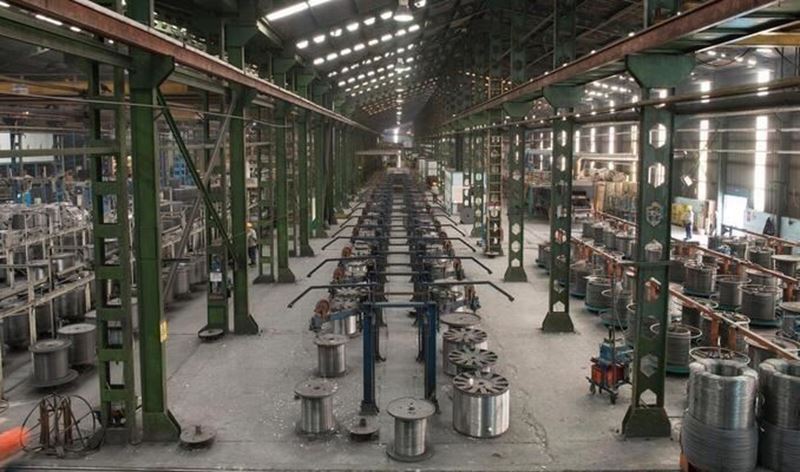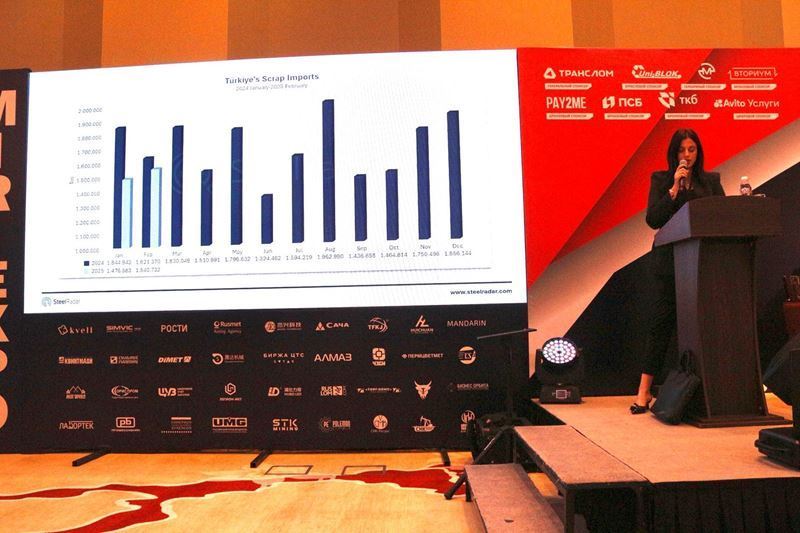In the fourth quarter of this year, there may be a reduction in production volumes in China due to market factors, which will lead to the introduction of mandatory restrictions on production.
The forecast for 2023 for steel production in China is virtually unchanged and assumes an increase of 1.5% compared to the previous year.
Mills are bracing for production cuts due to rising raw material costs, excess flat steel inventories and an expected decline in exports. These actions are driven by low or even negative profits at domestic steel producers during the year.
Despite the decrease in steel consumption, which fell by 6%, it is still significantly higher than the indicators of new construction, which by July of this year decreased by 25% compared to the previous year.
Exports of steel products from China remain stable, supporting domestic steel consumption through other indirect supplies. Household appliances, according to analysts, will contribute to the growth of steel consumption in this sector by 12.6% this year. In the auto industry, the 7.4% year-on-year increase in production through July comes from a 74% increase in exports.
However, direct steel exports from China increased by 28% in the eight months to August this year, a major driver of China's year-on-year steel production growth.
For 2024, crude steel production in China is forecast to grow by 1% year-on-year, with growth rates slowing in subsequent years. Domestic steel demand should rise 2.1%, including a small but positive rise in construction, as high-frequency indicators point to a possible pick-up in residential property sales.











Comments
No comment yet.